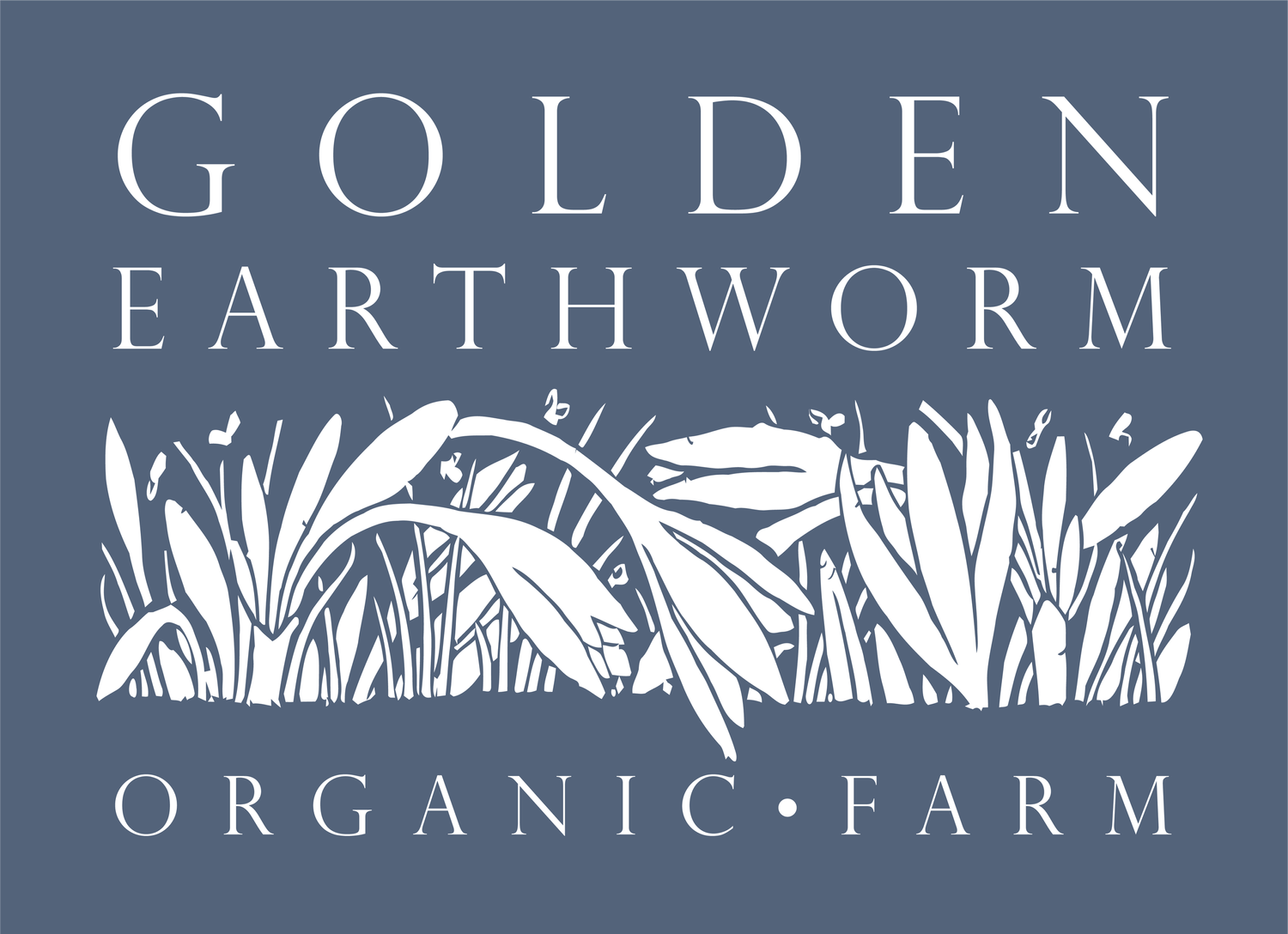CSA 2013 - Week #10
The contents of the share may fluctuate through the week. Please check the newsletter here for an updated list.
In the Box
Scallions - 1 bunch
Swiss Chard - 1 bunch
Cucumbers - 4 pieces
Batavian Lettuce - 2 heads
Purslane - 1 bunch
Garlic - 1 head
Tomatoes / Cherry Tomatoes - 1 red OR .5 lb bag
STORAGE TIPS
In a bag in the fridge: Scallions, Swiss Chard, Lettuce, Purslane
In the fridge: Cucumbers
On the counter: Tomatoes, Garlic
FRUIT SHARE
Apricots - 1 bag OR Yellow Peaches - 1 bagBlackberries - 1/2 pint OR Donut Peaches - 1 bag
Ripen peaches and apricots in a paper bag on the counter, then refrigerate. Refrigerate berries immediately.
Notes from the Farmhouse Kitchen
Purslane! Think of it as a weed, and you'll be missing out on one of the most nutritious greens on the planet. Purslane has more beta-carotene than spinach*, as well as high levels of magnesium and potassium. Historically it has been used as a remedy for arthritis and inflammation by European cultures. Chinese herbalists found similar benefits, using it in respiratory and circulatory function. Recently, it's been found that purslane has alpha linolenic acid, a type of omega-3 fatty acid. Researchers see evidence that these substances lower blood pressure and cholesterol levels as well as make the blood less likely to form clots. And, purslane has only 15 calories per 100 g portion.
World wide there are approximately 19 genera and approximately 500 species of purslane. The U.S. is home to 9 genera alone. It is most commonly found in the warm temperate regions of the northern hemisphere. Purslane exhibits the most species diversity in Western North America and South Africa, where it is likely to have originated. Part of the reason for its evolutionary success is that a single plant can produce up to 52,300 seeds. What's more, purslane seeds can survive for up to 30 years in undisturbed soil. Several ancient cultures have included purslane as a part of their cuisine, including those of Greece and Central America. Russians dry and can it for the winter. In Mexico it is called verdolaga and is a favorite comfort food. There, it is eaten in omelets, as a side dish, rolled in tortillas, or dropped by handfuls into soups and stews.
In recent years, purslane has become the darling of chefs, including New York's acclaimed Daniel Boulud of Daniel.
Preparation: Wash. Remove larger stems. Some recipes use leaves only. Purslane can be substituted for spinach or wild greens in lasagnas, filled pastas, and Greek-style tarts.
We would like to thank Prairieland CSA for this information on purslane.
This week's Recipes
A note from the farm
This week's share reflects the ongoing transition from mid-summer crops to late-summer produce; tomatoes have started to come in, albeit slowly, and we have cucumbers galore! The weather has been absolutely gorgeous and relatively cool, particularly in comparison to July's heat and humidity, but the trade off is that crops like tomatoes are taking a long time to ripen. As a result, the contents of this week's share may fluctuate more than usual - please be sure to check back frequently for updates! And don't forget, if you do not receive an item this week, we will work hard to try to provide it for you in the weeks to come.
A few more specific notes about this week's share: We continue to have plenty of Batavian lettuce, scallions, and swiss chard, which have all done very well this season. The cucumbers have really taken off in the past week, and you may notice that they've increased in size due to the recent rain we've had. The water also helps to make them crisp and crunchy! Purslane is new this week, and is a personal favorite for many of us here at the farm. We will continue to distribute garlic periodically; it's such a beautiful sight to see it hanging/drying from the rafters in our front barn and we're just a little sad to see it come down (though we're always happy to provide it to our members!). Finally, please be aware that many of the tomatoes have cracks or crevices. Much of this is directly attributable to the wet and cool period we had during pollination. They are still very tasty despite the occasional deformities, and we hope to have many more tomatoes in the coming weeks.
As always, please don't hesitate to contact us if you have any questions about your share.
Upcoming Events!
SHARE: A Celebration of Education
August 11th from 5-8pm
Join
us at the farm for field-to-plate fare prepared by top local chefs,
fabulous live music, spectacular auction and lots of fun! All to
benefit Peconic Community School and alternative education on the East End. $75/ticket. Enjoy the sun setting over the farm fields - bring your friends - it's going to be a fabulous evening! GET YOUR TICKETS NOW!
SAVE THE DATE
Our CSA Harvest Festival will be held on Sunday, October 20th! (Please note the date change). More info to come!
Connect with your Farm
We welcome you to explore our website to learn more about our farm
and the wonderful things you can do with your weekly share.
+ FIND RECIPES
+ VEGETABLE INFO & STORAGE TIPS
If you have questions or concerns about your share, please do not hesitate to contact us. That is one of the benefits of knowing where your food comes from! Your farmers are happy to hear from you at info@goldenearthworm.com at any time, for any reason.
